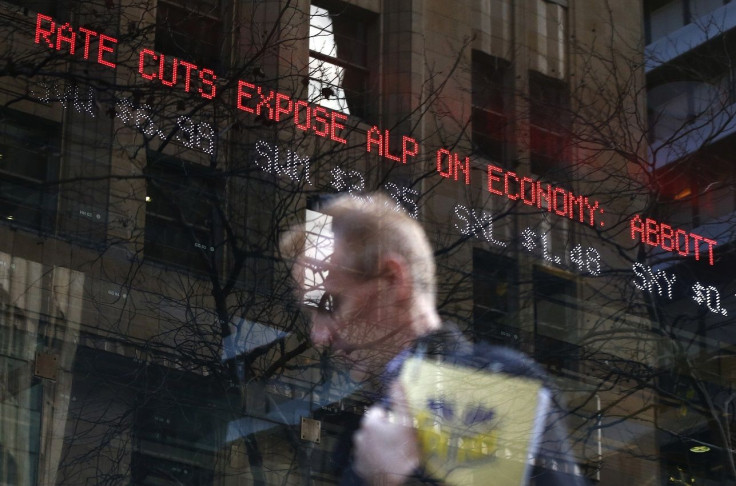Australia's Central Bank Cuts Interest Rates Due to Mining Blues

Despite being one of the world's top metal producers, Australia seems to be facing a tough time in its mining industry due to falling commodity prices and weakening demand. The first week of May saw the Reserve Bank of Australia cut the nation's official cash rate by 0.25 percent, reaching a new record low of two percent. It is the second cut in three months.
"Looking ahead, the key drag on private demand is likely to be weakness in business capital expenditure in both the mining and non-mining sectors over the coming year. Public spending is also scheduled to be subdued," Glenn Stevens, governor of the central bank, said in a statement. "The economy is therefore likely to be operating with a degree of spare capacity for some time yet."
Australia's goal in cutting the interest rates was to give a jolt to an economy that is suffering from the end of a decade-long mining boom. The mining industry's bullish run pushed up asset prices and labour costs, as well as made the Australian dollar so strong that other sectors suffered.
But if the past is any indication of what is to come, it is worth noting that a series of rate cuts in the past three years have failed to achieve the central bank's goal of fostering manufacturing and other businesses that lost during the era of high commodity prices.
Earlier last month, the International Monetary Fund cautioned the country to brace itself for further drops in metal prices. "The downturn in the global commodity cycle is continuing to hit Australia's economy, exacerbating the long-anticipated decline in resource-related investment," IMF report said. Still, the IMF projects Australia's overall economy to grow by 2.8 percent at the end of this year.
Stevens also suggested that the stronger Australian dollar was also causing some problems. He said further depreciation of the Australian dollar seems not only likely, but also necessary, particularly given the decline of prices of key commodities.
Hence, businesses are reluctant to invest in the mining industry due to high costs. Weak demand from China because of the country's tepid property market and weaker infrastructure investment growth is also plaguing Australia's mining industry.
In spite of such bleak forecasts, one industrial metal that continues to bring high hopes to Australia is nickel as a number of exploration activities are taking place, most especially in the Western Australian region.
However, such activities are not limited in Australia, as there are also potentially huge nickel deposits found in other parts of the world. For instance, Russian company Amur Minerals Corporation (OTC:AMMCF) is currently awaiting its mining license from Russian Prime Minister Dmitry Medvedev in order to commence production. Once the company secures its license, it could produce as much as 67 million tonnes of high grade nickel and copper.
Contact the writer: a.lu@ibtimes.com.au





















